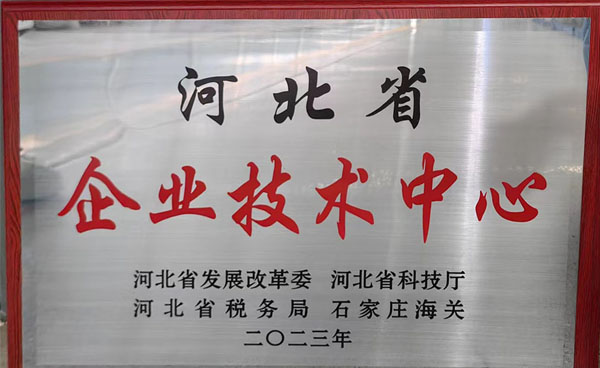
11 月 . 04, 2024 12:22
Back to list
وعاء الضغط
Understanding the Pressure Vessel A Comprehensive Overview
A pressure vessel is a sealed container designed to hold gases or liquids at a pressure substantially different from the ambient pressure. These containers are integral components in various industries, including oil and gas, chemical processing, power generation, and many others. In this article, we will explore the significance, design, and safety considerations of pressure vessels.
Significance of Pressure Vessels
Pressure vessels play a crucial role in numerous applications, from storing gases like natural gas and propane to containing hazardous chemicals under high pressure. For instance, in the oil and gas industry, pressure vessels are ubiquitous in the extraction, transport, and refinement processes, serving to hold crude oil and natural gas while ensuring safety and stability. Similarly, in chemical manufacturing, these vessels are essential for reactions that require high temperature and pressure conditions.
Design Considerations
The design of a pressure vessel is governed by various standards and regulations to ensure safety and reliability. The most widely referenced standards include the American Society of Mechanical Engineers (ASME) Boiler and Pressure Vessel Code, which provides guidelines for design, materials, construction, testing, and inspection.
.
1. Material Selection The materials used must withstand the operating pressures and temperatures, resist corrosion, and possess mechanical strength. Common materials include carbon steel, stainless steel, and various alloys.
وعاء الضغط

2. Stress Analysis Engineers perform stress analysis to determine how the vessel will respond to internal pressure and external forces. Finite element analysis (FEA) is often employed to simulate stresses under different conditions.
3. Safety Features Safe design includes features such as pressure relief valves to prevent over-pressurization, safety interlocks, and monitoring systems to detect leaks or failures.
4. Capacity and Dimensions The size of the pressure vessel is determined by its intended use and the volume of substance it needs to contain. The shape is often cylindrical, but other geometries may be used based on specific applications.
Safety Standards and Compliance
The operation of pressure vessels involves inherent risks, making safety a paramount concern. Compliance with local, national, and international regulations is critical. Regular inspections, testing, and maintenance ensure that pressure vessels remain in good working order and meet safety standards.
Pressure vessels should undergo non-destructive testing methods, such as ultrasonic or radiographic testing, to identify structural flaws without compromising their integrity. These checks are vital for ensuring that the vessel can still operate safely under prescribed conditions.
Conclusion
Pressure vessels are vital components in various industries, enabling the safe and efficient handling of high-pressure substances. Due to their complexity and the risks involved, their design, construction, and maintenance require strict adherence to safety standards and regulations. By understanding the principles of pressure vessels and prioritizing safety, industries can effectively harness their benefits while minimizing potential hazards. The future of pressure vessel technology holds great promise, with advancements in materials and design further enhancing safety and efficiency in an ever-evolving industrial landscape.
Latest news
-
Unlocking The Quality Gas Pressure ReducersNewsNov.01,2024
-
The Role of Gas Pressure Reducing StationsNewsNov.01,2024
-
The Importance and Functionality of Safety Relief ValvesNewsNov.01,2024
-
The Essential Role of Safety Valves in Natural Gas ApplicationsNewsNov.01,2024
-
The Essential Role of Gas Pressure RegulatorsNewsNov.01,2024
-
Enhance Your Premium Gas FiltersNewsNov.01,2024

